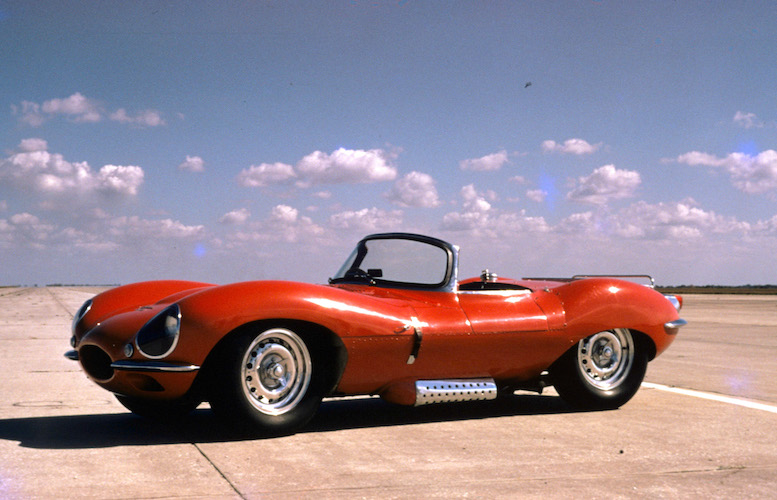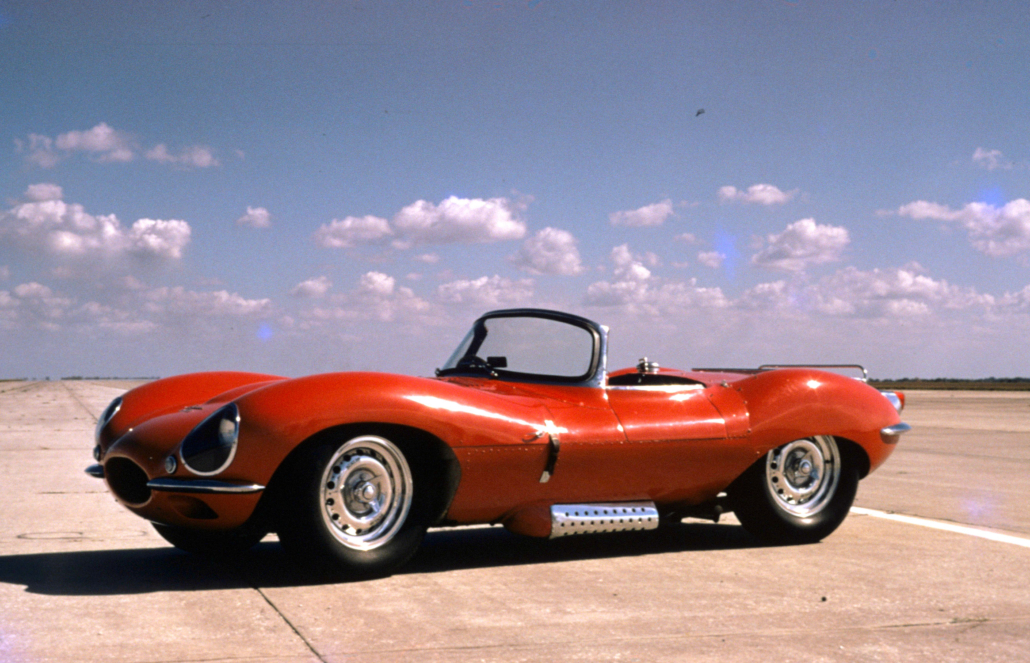
NEW YORK — There are race cars and there are passenger cars, but perhaps no automaker has more successfully mastered both than the British marque known as Jaguar, which transferred the design flair of racing cars to everyday automobiles.
Having changed ownership and survived economic ups and downs during the years, Jaguar is still producing luxury automobiles coveted for their curves and sleek styling, fast engines and fine leather interiors.
The Jaguar story began with its founders, William Lyons and his partner William Walmsley. Lyons was not even 21 when he and Walmsley went into business; the younger man had to have his father sign papers to obtain funding. Nonetheless, they established the Swallow Sidecar Company on September 2, 1922 in Blackpool, Lancashire in northwest England. Because Lyons was a motorcycle enthusiast, the firm’s first focus was motorcycle sidecars. It expanded into making special car bodies for inexpensive road cars, a then-untapped market allowing the average middle-class driver to own a car that had a fancy chassis.
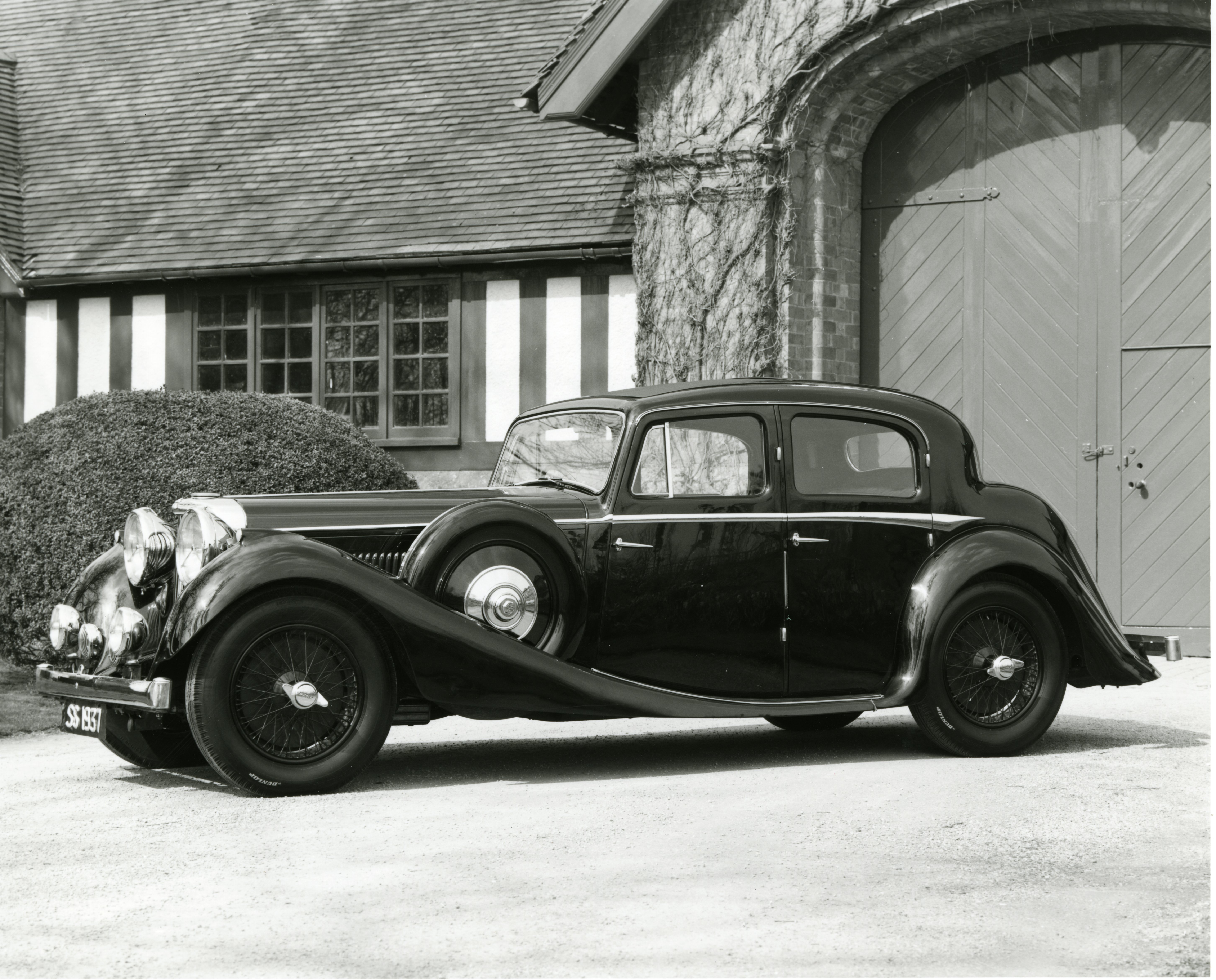
Changing its name from Swallow Sidecars to the shorter SS Cars, Lyons and Walmsley produced the first SS100 Jaguar in 1937; the car’s moniker, contributed by an advertising agency, signified cat-like reflexes and svelteness. This stylish machine marked the future of Jaguar. “It was very much a car of the 30s and many of the trimmings had this sort of Art Deco look to them,” said Fred Hammond, archivist for Jaguar Land Rover North America, noting the car was elegant but reasonably priced.
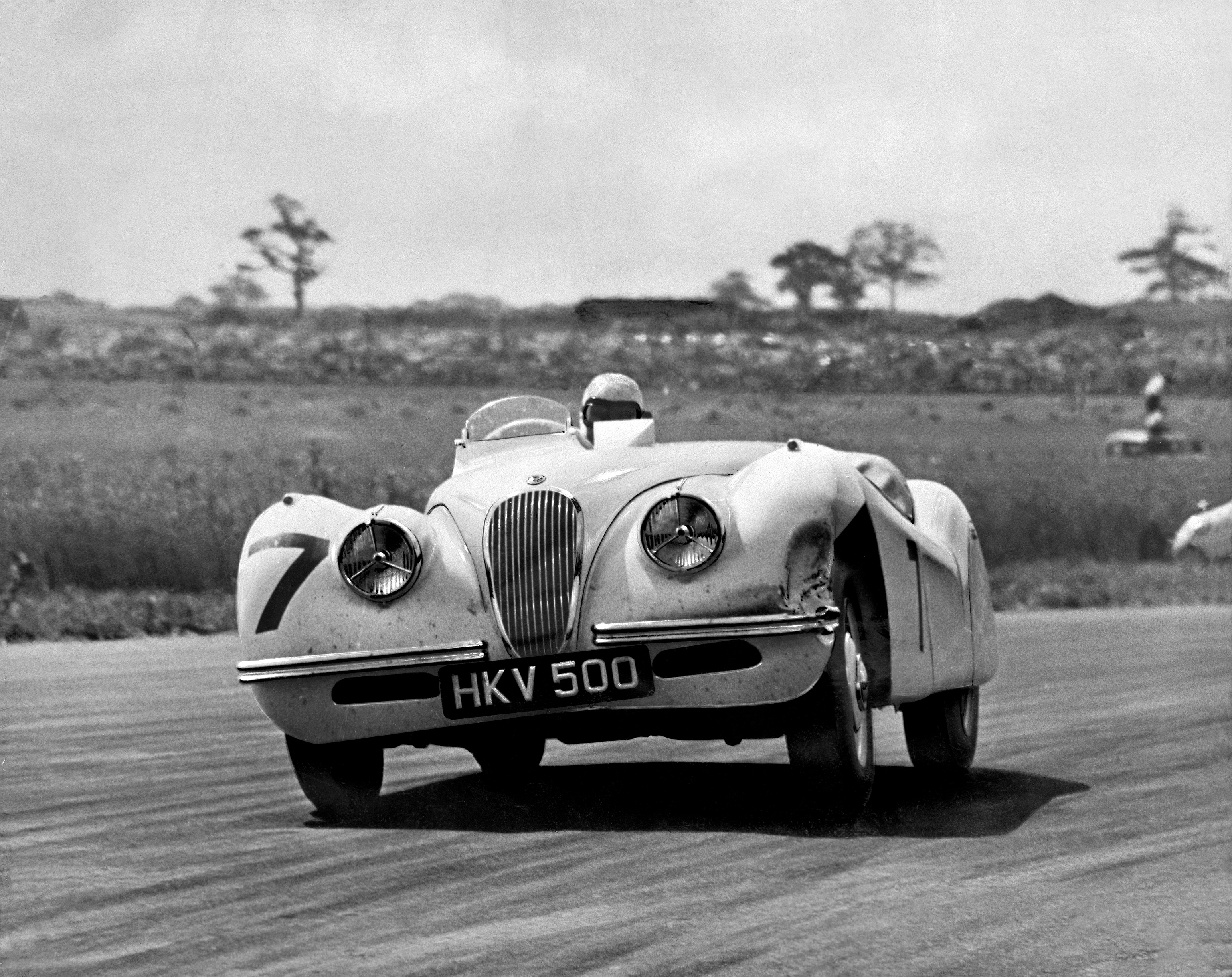
A Jaguar XK120 shown racing at the Sebring track near Sebring, Florida in 1950, the year in which the track opened. All images courtesy of Jaguar Land Rover North American Archives.
Once World War II began, production halted while manufacturers supported the war effort. Lyons changed the company name again, from SS Cars to Jaguar Cars Limited, in 1945 to avoid any suggestion of a connection with the Nazis. By that time, Europe was war-ravaged, physically and economically, forcing many small manufacturers to adopt a so-called “export or die” approach. Jaguar began marketing its cars to the United States, introducing the XK120 in 1948. “After the war, we undertook an aggressive program of export so that’s why most of the XK120s, 140s, 150s and E-types were sold here in North America. We were the single largest market,” Hammond said.
One of the most important cars in Jaguar’s history was the XK120, initially developed to promote the XK six-cylinder engine. During the war, when they were unable to build cars, Lyons and his engineers instead dreamed up what they would later build. While spending a night in a bomb shelter during the Coventry Blitz, they conceived this engine, Hammond said.
Lyons knew the company’s fortunes would rest on sedans, but he needed something to showcase the sporty new engine, and came up with a concept for a swoopy sports car to replace the pre-war SS-100. Its success caught the company off-guard. It had only planned to release a few hundred cars, but it faced demand for many more. Jaguar had no permanent tooling to stamp out fenders and the like; everything on the first 200 cars that rolled off the line was handmade. “That’s how the XK120 came to be, and it’s essentially what assured the company’s survival up until this day,” Hammond said. Jaguar’s XK120s still bring good money at auction, as do most of its vintage cars. Slightly more than 12,000 XK120s were produced from 1948 to 1954. The model was succeeded by the XK140 and the XK150, which were essentially just redesigns and mechanical upgrades to the popular mid-century machine.
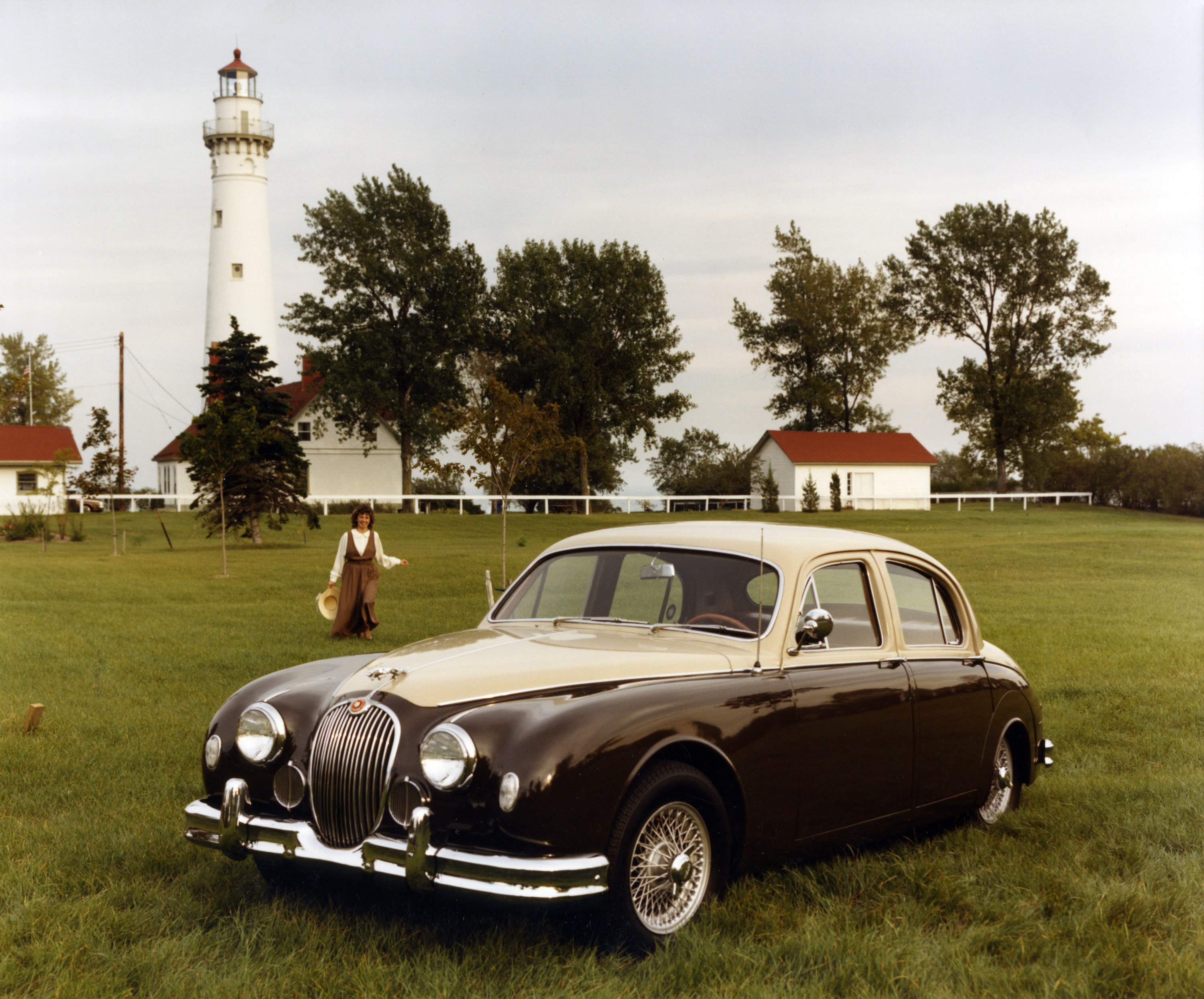
In North America, Jaguar was primarily known for its sports cars, and its strong reputation created a halo effect that extended to its sedans. That variety of car never sold in the same numbers as Jaguar’s sports cars, but they did well enough. The first truly successful Jaguar sedan was the Mark 1, released in 1955. The Mark series, including the Mark 1, 2, 3.8 and 3.8S, comprise the most popular sedans people associate with Jaguar. More than 120,000 Mark series sedans were sold, Hammond said.

Another important figure at Jaguar was designer Malcolm Sayer, an automotive aerodynamicist Lyons recruited in 1950. Sayer was renowned for using mathematical formulas to create the aerodynamic shape for Jaguar’s cars, bridging the gap between automotive and aeronautical design. He designed the fluid C-type Jaguar, which won the 24 Hours of Le Mans automotive endurance race in 1951. Sayer’s first tour de force was the D-type race car, manufactured between 1954 and 1957, and from this model, Jaguar later produced the XKSS, which Steve McQueen famously owned and drove. Car collectors eagerly pursue examples of the XKSS.
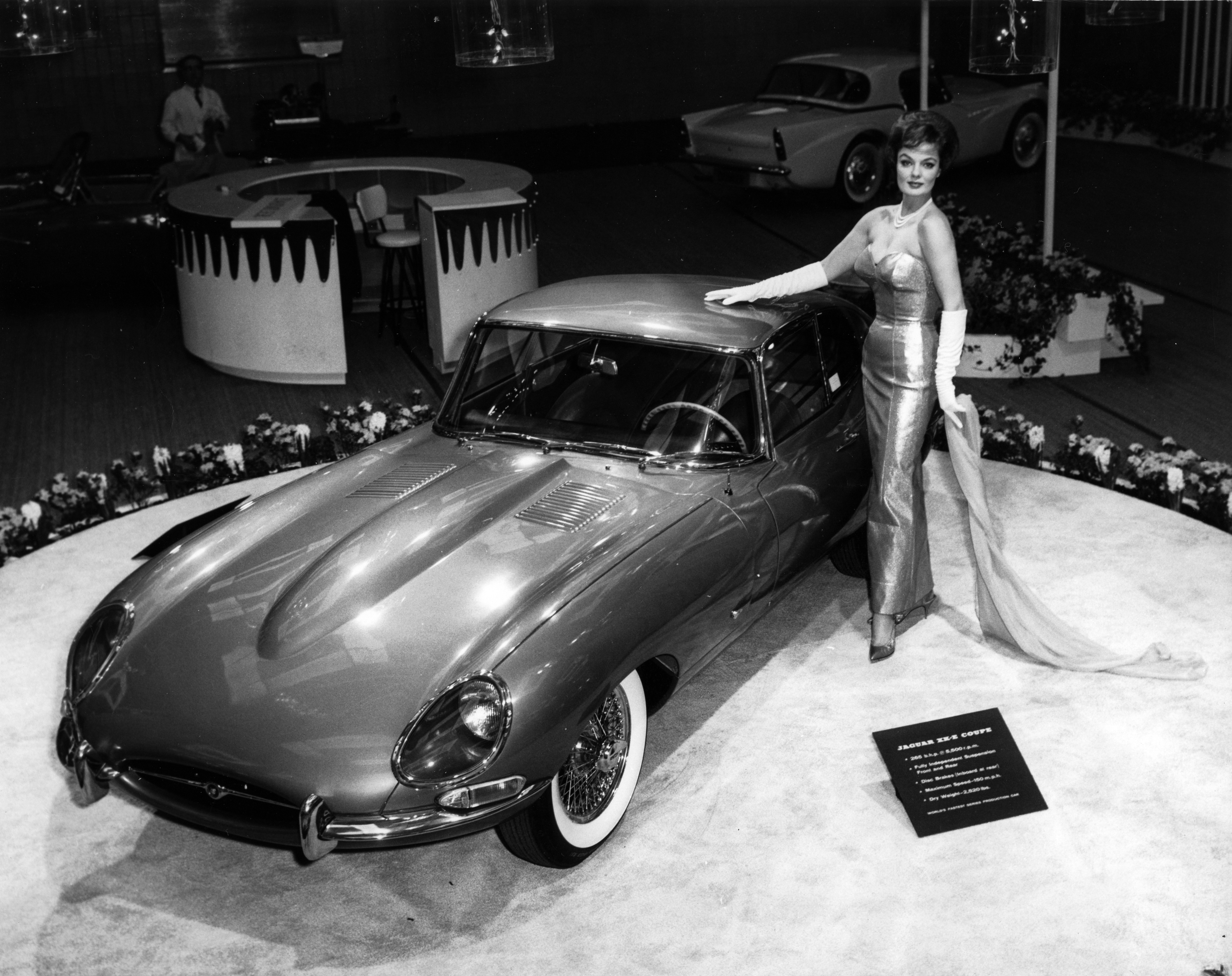
Jaguar released its next model, the E-type, by debuting it at the Geneva Auto Show in April 1961. “Once again, they thought they would sell a couple hundred of them and that would be it. It turned out to be a smashing, overwhelming success,” Hammond said. “It just absolutely set the automotive world on its ear and everybody had to have one. So much so that even Enzo Ferrari said that the E-type was the most beautiful car he had ever seen. Frank Sinatra is reported to have said, ‘I want that car and I want it now!’.” Its production run would last from 1961 to 1974.
Owing to increasing bumper and crash test safety regulations, Jaguar phased out the E-type cars in favor of the XJ sedan line. This offering was — and remains to this day — popular, even as it transitioned from a V12-engine to a six-cylinder engine.
Well-established automakers such as Jaguar have their histories intertwined with their brand. Jaguar’s cars are an evolution of its design from day one to the present. Infused within Jaguar’s DNA are certain values and a sense of what it is and what it stands for. Collectors and buyers embrace its heritage and buy based on its reputation. The desirability of Jaguar’s most iconic vintage models are a testament to this fact. As it claimed in its 1980s-era ads, Jaguar represents “a blending of art and machine.”


